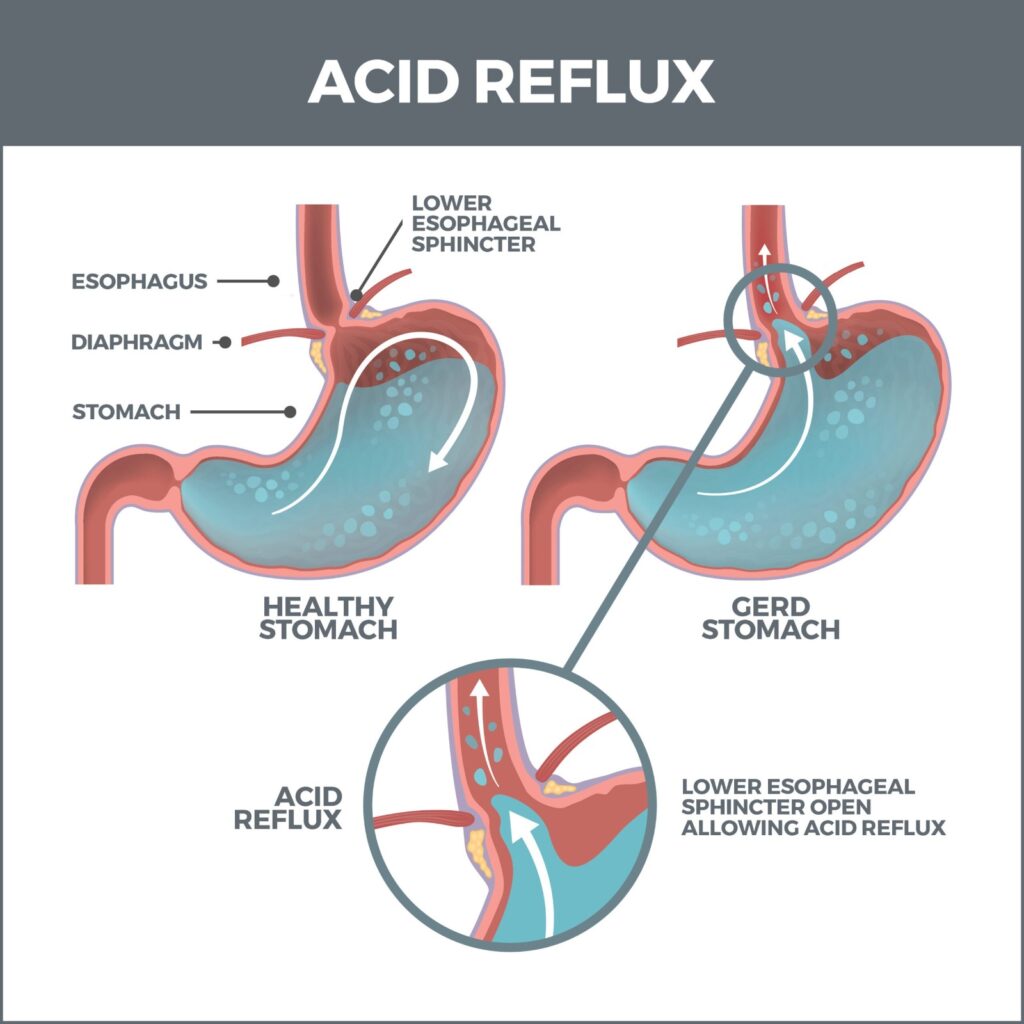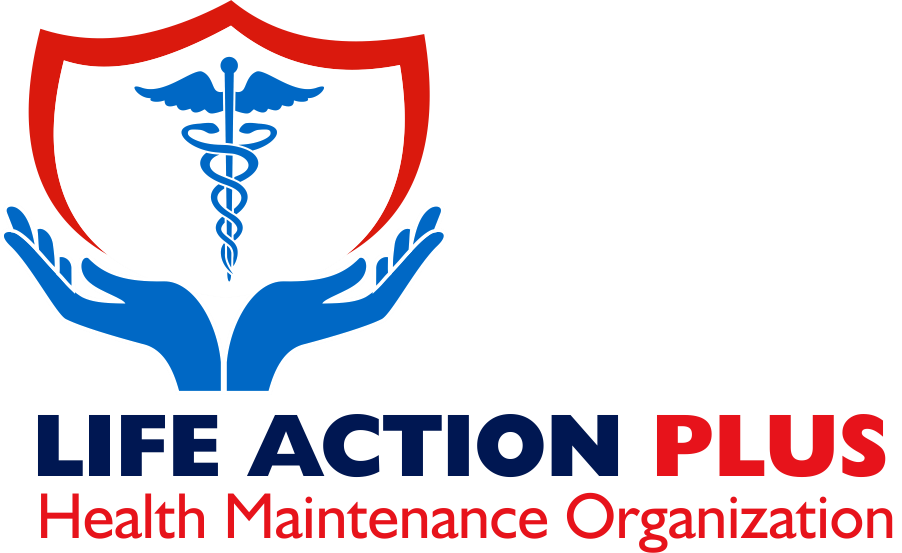Acid reflux is when stomach acid flows into the throat. It produces a burning sensation or mild pain in the chest or upper abdomen, which is commonly referred to as heartburn.
Usually, a muscle called the lower esophageal sphincter keeps a tight seal between the stomach and throat. But if this muscle weakens or doesn’t close off the opening properly, stomach acids can leak back into the throat. This is the reflux in acid reflux.
So what causes acid reflux?
For most people it’s eating acidic, fatty, or spicy foods. Common trigger foods include tomatoes, coffee, alcohol, and chocolate. Foods that take longer to digest can cause the stomach to produce more acid and fatty foods can and have a relaxing effect on the lower esophageal sphincter. Certain medications, like ibuprofen, can also cause acid reflux.

Acid reflux during pregnancy is usually brought about by hormone changes and pressure on stomach as the baby grows. It’s most common during the second and third trimesters. Heartburn can also be a symptom of medical conditions such as a hiatal hernia. A hiatal hernia is when part of the stomach protrudes through the diaphragm and into the chest cavity. This can weaken the lower esophageal sphincter.
Larger hiatal hernias can cause a backup of food and stomach acid that irritates the esophagus and causes acid reflux. Acid reflux can happen every once in a while as an acute response to food, stress, or hormone changes.
But it is also a symptom of a chronic condition called GERD, or Gastroesophageal Reflux Disease.


